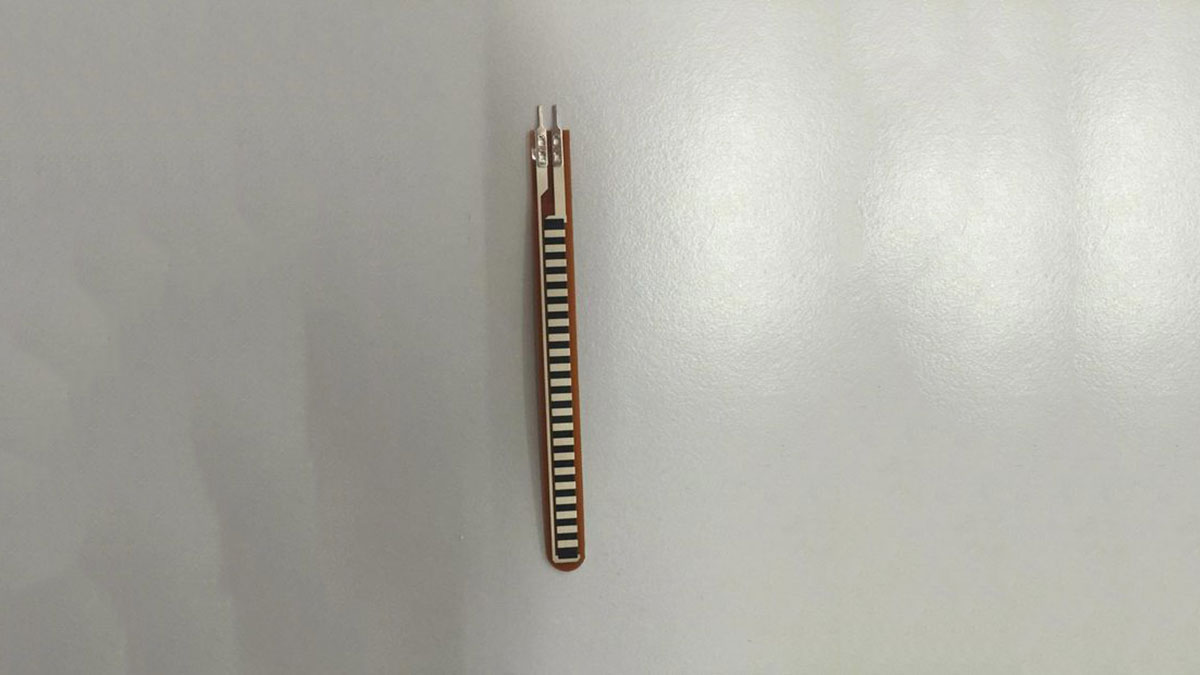This tutorial is going to teach you the basics on using Flux Sensor of 2.2 inches.

Step 1: Introduction
Description:
It is a flex sensor which is 2.2 inches in length. This sensor works by bending the sensor itself. As the sensor is being flexed or bent, the resistance across the sensor increases. The greater the angle of bending, the greater the resistance. This can be tested with multimeter. The resistance of the flex sensor changes when the metal pads are on the outside of the bend (text on inside of bend).
Specifications:
- Life cycle: >1 million
- Height: 0.43mm (0.017”)
- Temperature Range: -35ᵒC to 80ᵒC
- Flat Resistance: 25kΩ
- Resistance Tolerance: ±30%
- Bend Resistance Range: 45kΩ to 125kΩ (depends on the bending radius)
- Power Rating: 0.5Watt continuous. 1 Watt peak.
Step 2: Sample Hardware Installation
Step 3: Sample Source Code
To get the results, please download the sample source code attached below and upload it into Arduino.
Step 4: Ways to Open “Serial Monitor”
Step 5: Result on Serial Monitor
The result above is shown when the flex sensor is being bent more and more.
Step 6: Result on LCD Screen (1)
The reading shown on LCD screen is when the flex sensor is in straight condition. The “R” indicated on the first row of LCD screen shows the changes in resistance of the flex sensor whereas the “A” indicated on the second row of LCD screen shows the angle of the flex sensor being bent.
Step 7: Result on LCD Screen (2)
The reading shown on LCD screen is when the flex sensor is being bent.
Read more: How to Interface Flux Sensor
